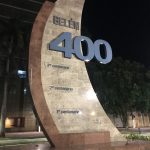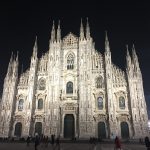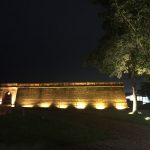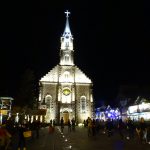2 October 2020 Projects and lighting of monuments
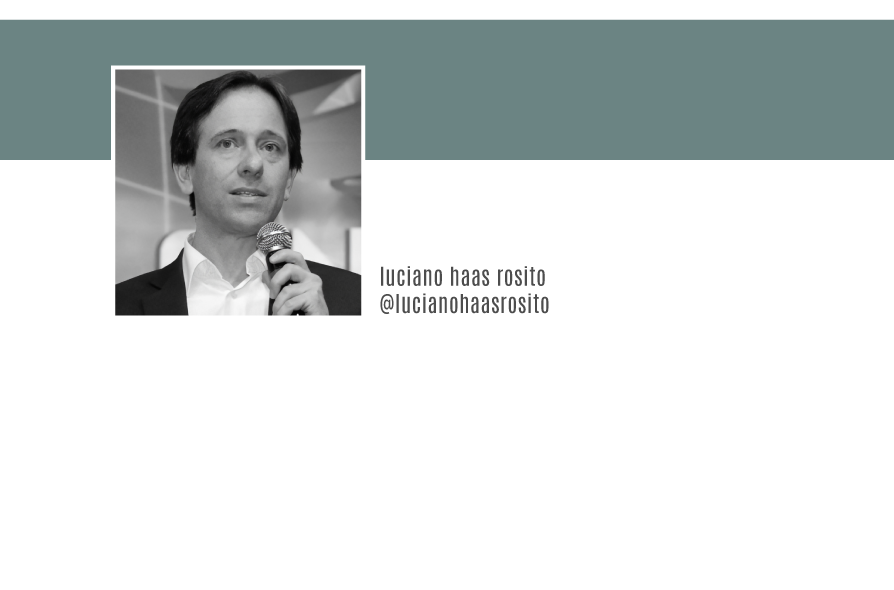
by Luciano Haas Rosito
The lighting of monuments is a specialty in the lighting segment which in recent years has been more developed in Brazil. However, not many professionals work in this area, it being where there are many opportunities both in small and large dimensions. When circulating through the cities at night, it is possible to identify many monuments that are currently only “illuminated” by the contribution of street public lighting that ends up being “left behind” and reaching the monument usually without any criteria or definition.
The history of cities and their monuments is often hidden at night, not being highlighted and valued, and lighting can rescue history, values and culture, exposing the population to art at night, drawing attention and emphasizing the points of highlight and patrimony. A tourist city, for example, could create its “paths of light” by valuing people to circulate safely and create night tours with tourists and citizens highlighting these points. Certain regions of the city also have the potential for this interaction of people with lighting on the facades and monuments in squares and parks.
Currently, there is no specific norm for lighting monuments in Brazil, thus requiring knowledge of international references such as the RP-33 Lighting For Exterior Environments, which in some points serves as a guide for lighting monuments and facades for outdoor areas. Usually, this type of lighting is performed through a project and a basic calculation and then experimentation and nighttime tests to evaluate the effects and results with the designed equipment.
Various lighting techniques can be applied to the monuments, using general lighting or lighting details, composition of different levels of lighting generating effects of light and shadows as well as, under certain conditions, communicating through colors, highlighting events and campaigns according to the months of the year or holidays. It is also possible to use the techniques of “crossed lighting” to eliminate or attenuate shadows and “grazing lighting” to highlight textures. Lighting, when done by using projectors of different formats, powers, and characteristics, is usually the most used to create the aforementioned effects, but it is possible to use other types of equipment and above all to use creativity in this type of project.
LED technology has increasingly expanded the possibilities of creating scenarios and lighting results in each monument and facade. As well as the use of dynamic light with each scheduled event, often making lighting interactive, making the control and dimming of systems.
- imagem cedida pelo autor
- imagem cedida pelo autor
- imagem cedida pelo autor
- imagem cedida pelo autor
Sobre Luciano Haas Rosito: Diretor Comercial da Tecnowatt Iluminação – Grupo SIMON. Engenheiro Eletricista graduado pela Pontifícia Universidade Católica do Rio Grande do Sul – PUCRS (1999). Pós-graduado em Gestão Empresarial pela PUCRS. Coordenador de comissão de Estudos ABNT – COBEI – CE03 – Luminárias e acessórios e participante das demais comissões. Cursos de iluminação no Brasil e exterior, incluindo: Iluminação, fotometria e especificação de luminárias (Bélgica 2007), Professor de Curso de Iluminação Pública – CEIP. Palestrante em eventos de iluminação (COBEE, ILUMEXPO, etc) e professor de cursos de iluminação – Exper / ISITEC. Membro da diretoria da Abilux – Associação Brasileira da Indústria da Iluminação . Professor no IPOG. Mais de vinte e cinco anos de experiência na área de iluminação, adquirida na PMPA, PUCRS – LABELO e empresas de iluminação. Instagram: @lucianohaasrosito





